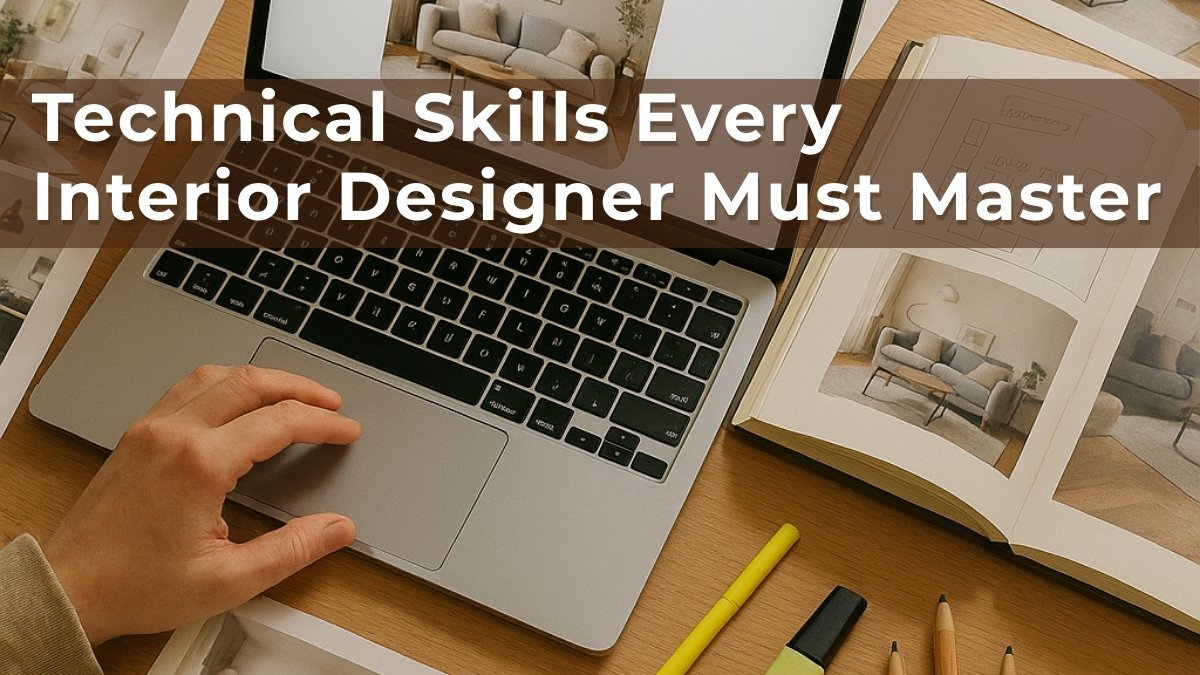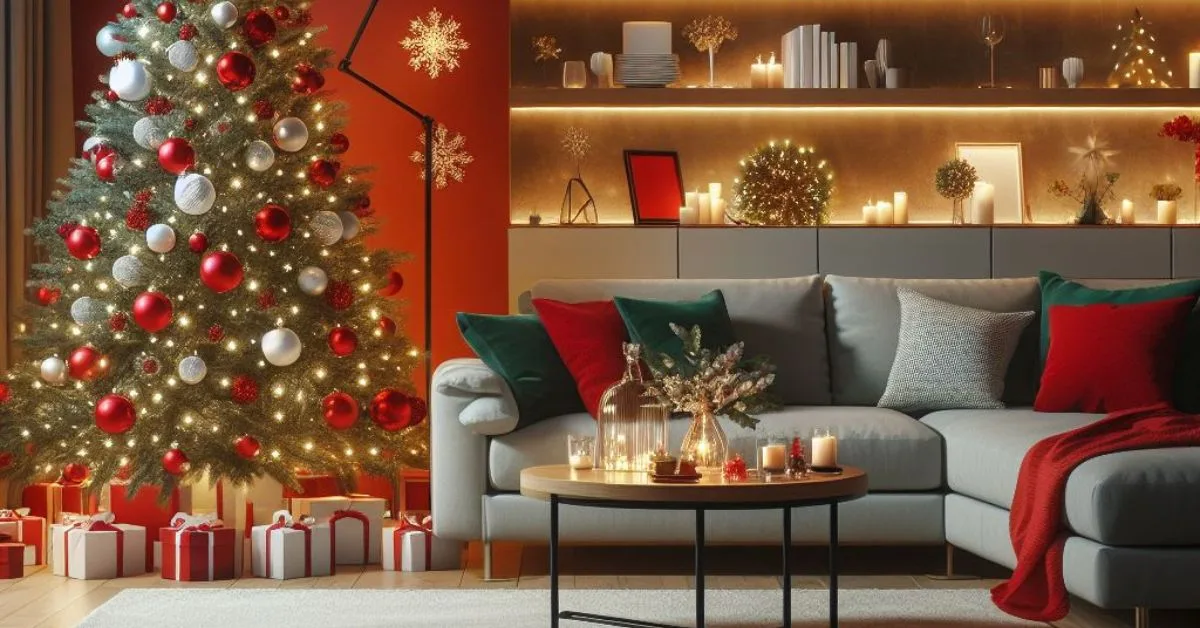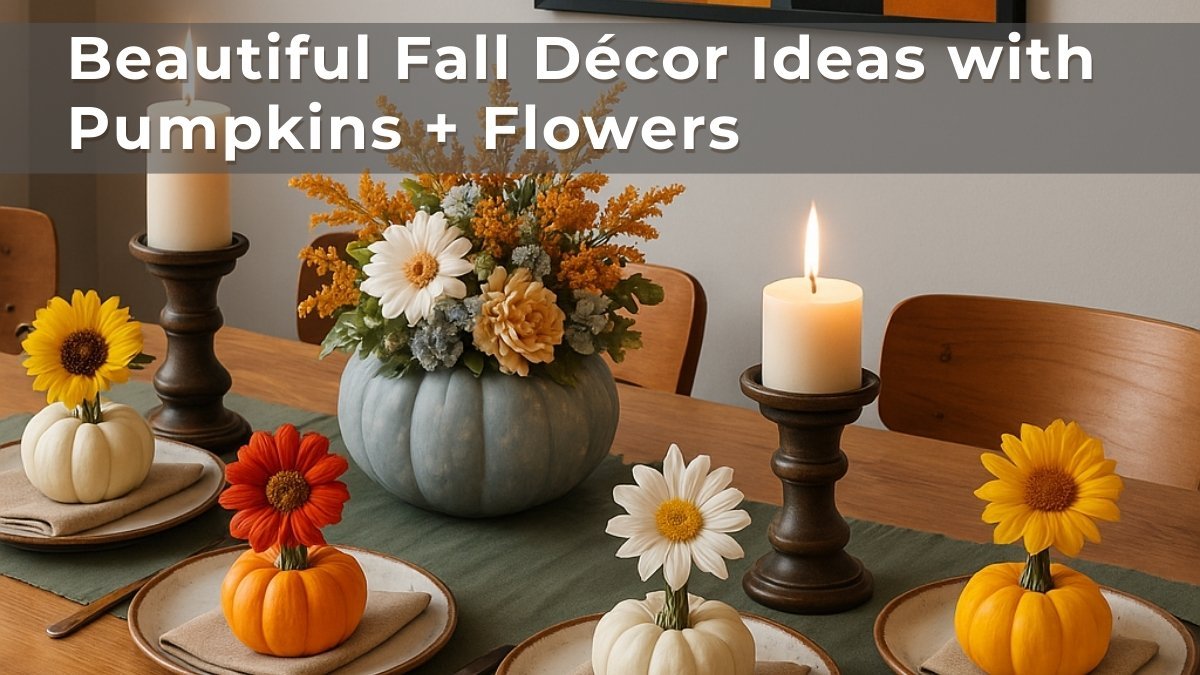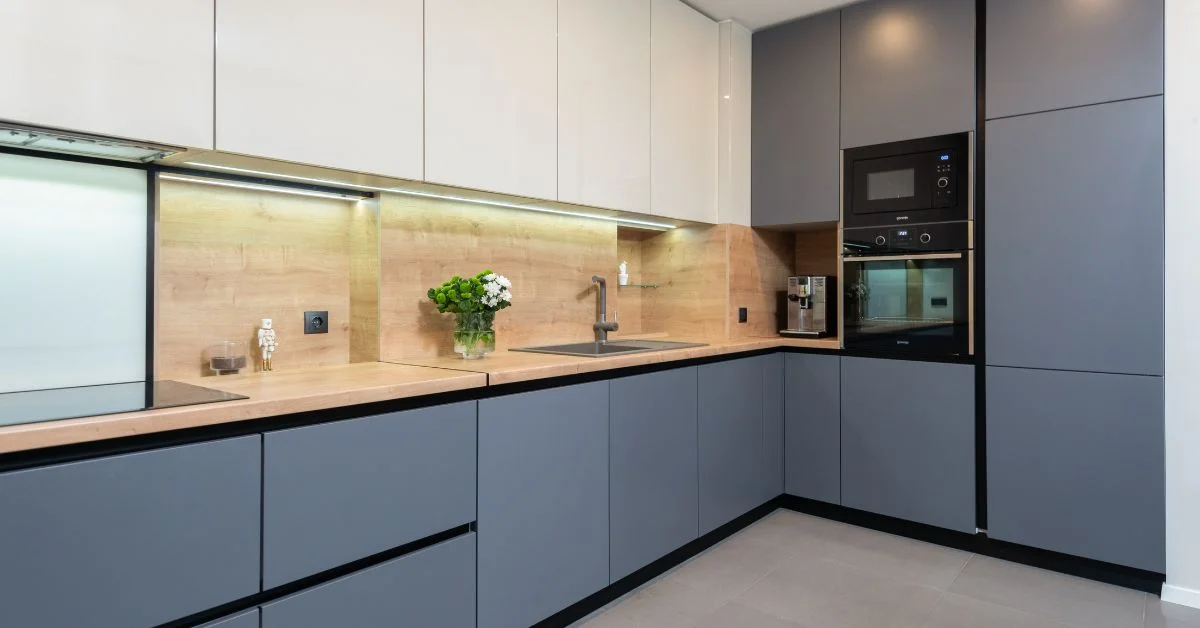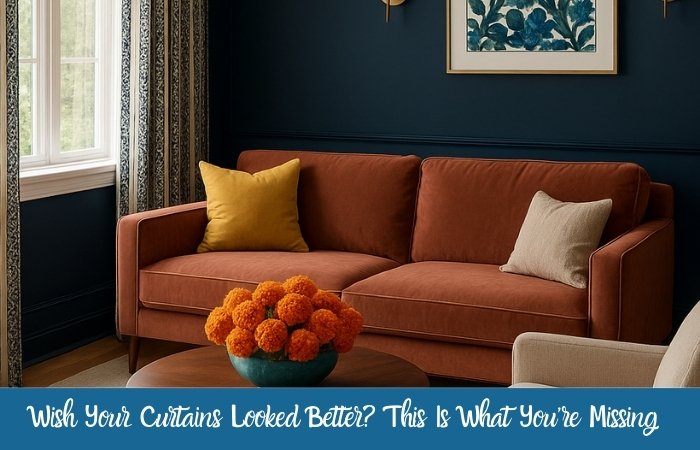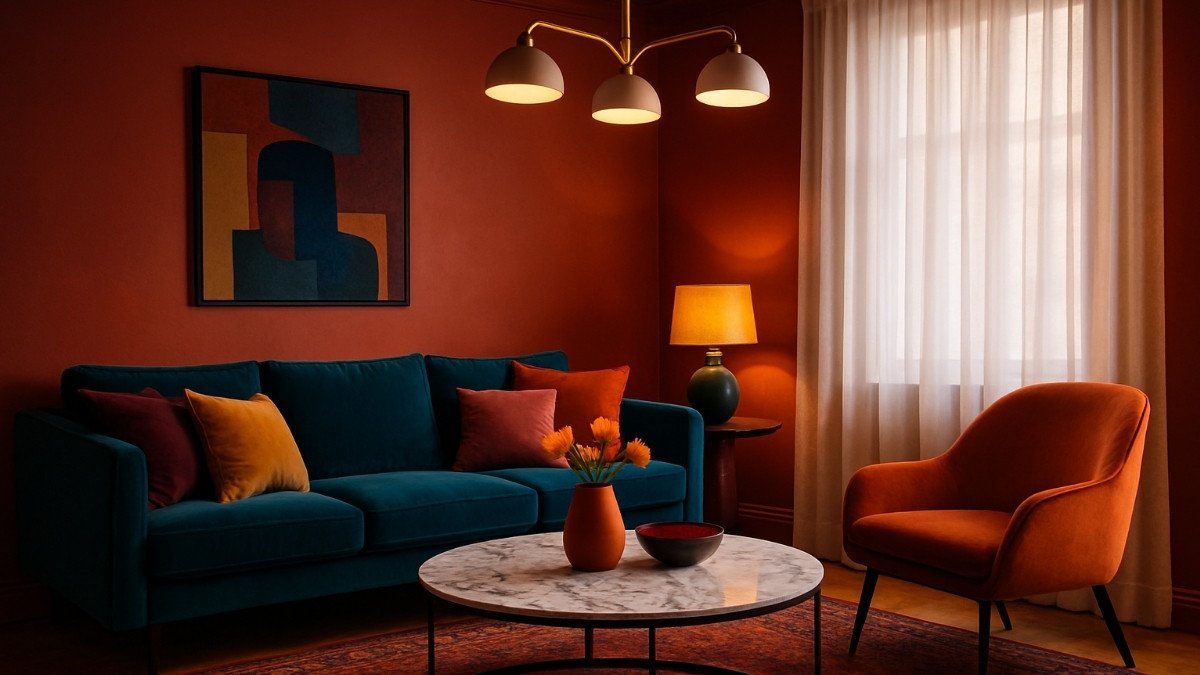When I first stepped into the world of interior design, I thought my natural sense of style would be enough to make me successful. I had an eye for color, loved rearranging spaces, and could picture beautiful rooms in my head. But I quickly learned that creativity alone doesn’t pay the bills—or satisfy a client.
The truth is, technical skills are the backbone of interior design. They’re what take your ideas out of your head and put them into the real world in a way that works for actual people, with real needs, budgets, and timelines. Think of creativity as the spark and technical skills as the tools that help you build the fire.
Readers Also Enjoyed:
- Principles of Interior Design to Make a Room Feel Just Right
- How to Find Your Personal Design Style—and Finally Love Your Home
- Paint Colors to Avoid When Selling Your Home
Here are the core technical skills every interior designer needs—and why they matter more than you think.
1. Space Planning
This is the heartbeat of design. Space planning isn’t just about where the sofa goes or how big a dining table should be—it’s about flow, proportion, and purpose.
- Why it matters: A gorgeous room can still feel uncomfortable if the flow is off. People need to move freely, use the space easily, and feel comfortable within it.
- What to learn:
- The difference between circulation space and usable space.
- How to create zones for different activities.
- Balancing open layouts with functional boundaries.
- Real-world example: I once worked on a small apartment where the kitchen and living area shared the same space. By rethinking the furniture layout and introducing a compact breakfast bar, I created more walking room and gave the client an extra seating spot without making the space feel cramped.
2. Color Theory
You don’t need to memorize the entire color wheel, but you do need to understand how colors affect mood, perception of space, and even lighting.
- Why it matters: The wrong shade of white can make a room look dull, while the right one can make it glow. Color impacts everything—from a client’s mood to how large or small a space feels.
- What to learn:
- Warm vs. cool undertones and when to use them.
- How natural and artificial light affect colors.
- Pairing colors for harmony or contrast.
- Pro tip: Always test paint colors on actual walls and check them at different times of the day. Lighting shifts can completely change the look.
3. Material Knowledge
Marble is beautiful, but is it the right choice for a busy family kitchen? Maybe not. Linen looks luxurious, but can it survive a toddler with sticky hands? Material knowledge means knowing the strengths, weaknesses, and maintenance needs of every finish you recommend.
- Why it matters: Your material choices affect durability, maintenance, and budget.
- What to learn:
- High-maintenance vs. low-maintenance surfaces.
- Which materials are water-resistant, scratch-resistant, or heatproof.
- Sustainable and eco-friendly options.
- Example: For a rental property, I once suggested SPC flooring over hardwood—not because it looked better, but because it was more durable, cost-effective, and easy for tenants to maintain.
4. Lighting Basics
Lighting is often underestimated, yet it’s one of the most powerful tools in design. A room can look flat under bad lighting, even if everything else is perfect.
- Why it matters: The right lighting enhances mood, functionality, and aesthetics.
- What to learn:
- The three layers:
- Ambient – the general lighting of a room.
- Task – focused light for activities like reading or cooking.
- Accent – highlighting artwork, architectural features, or decor.
- How to mix natural and artificial lighting.
- The three layers:
- Pro tip: Always plan lighting early in the design process. Retrofitting after the fact can be costly and limiting.
5. Software Skills
Gone are the days when hand-drawn plans were enough. Today, digital design software is your best friend.
- Why it matters: Clients want to see your ideas before committing to them. 3D models and visual renderings build trust and make communication easier.
- What to learn:
- AutoCAD for technical drawings.
- SketchUp or Revit for 3D modeling.
- Photoshop or Canva for mood boards.
- Example: Even if you’re just starting, learning one software deeply is better than juggling many. When I mastered SketchUp, I could walk clients through their future living rooms virtually—it was a game changer.
6. Detailing & Finishes
Details are where good design becomes great design. Molding, trims, hardware, grout color—these small touches are what give a room personality and polish.
- Why it matters: The wrong cabinet handle can throw off an otherwise perfect kitchen design. Details create cohesion and a sense of completion.
- What to learn:
- Types of moldings and trims.
- Hardware styles and finishes.
- Coordinating finishes without overmatching.
- Pro tip: Always order samples. Seeing and touching a finish in person will help you avoid costly mistakes.
Personal Advice for Aspiring Designers
Don’t try to master all these skills at once—it’s overwhelming and unrealistic. Pick one area to focus on first. Maybe you start with space planning this month, color theory the next, and then move on to material knowledge.
Every skill you add to your toolkit will boost your confidence, help you speak the language of design fluently, and allow you to turn your creative visions into spaces that truly work.
